This was published 2 years ago
Berlin’s 24-hour party people want UNESCO world heritage status for techno
The party that started when the Berlin Wall fell never really stopped. But the DJs who set the beat are now leading the fight to save raves from COVID oblivion.

Berlin’s 24-hour party crowd dancing into the morning in 2015 at the Morning Gloryville event. Credit: Getty
The reunification of Germany happened first on the dance floor.
The party that started the night the Berlin Wall fell on November 9, 1989, kept going as the Ossies of the collapsed East German state and the Berliners of the west came together looking to celebrate.
Almost overnight, remembers Mark Reeder, a Mancunian DJ who had been living in West Berlin since 1978, the city’s tiny clubbing scene exploded as people hosted raves in once-shuttered industrial buildings.
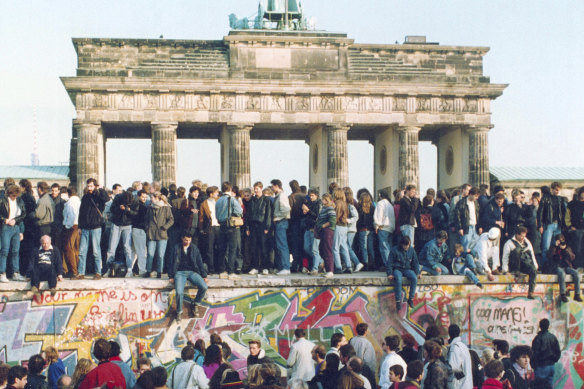
Germans from East and West celebrating on the wall the day after the borders opened on November 9, 1989. Credit: AP
“The cloud of imminent nuclear holocaust had been lifted from the city with the fall of the wall and everyone was united on the dance floor,” says Reeder.
Faced with the first opportunity to choose their musical tastes, the Berliners of the east chose techno, a genre of technologically created dance music first labelled by a 1980s Frankfurt DJ to categorise acts such as Depeche Mode, New Order and Germany’s own Kraftwerk.
But the genre mutated rapidly in the clubs over the next three decades to become the defining soundtrack of Berlin.
“It was mainly instrumental music,” Reeder says. “Techno had no difficult-to-understand English lyrics and it was also sci-fi modern sounding too.”
But now Berlin’s 24-hour party people are fighting for the survival of their scene by campaigning for UNESCO cultural heritage protection for techno.
Even before the pandemic, the German capital’s rising rents had started closing down some clubs, but the long lockdowns of Europe’s many COVID waves put the city’s raves on the endangered list.
The scene had sprung out of urban decay.
Disbanded, derelict buildings along what was once no-man’s-land were up for grabs, to anyone, for any use.
“Available to drag drinks, a generator, a smoke machine and a strobe light and make a party, an illegal party and at that point, the Eastie cops had no jurisdiction over no-man’s-land,” Reeder says.
By 1991, clubs were spontaneously taking over.
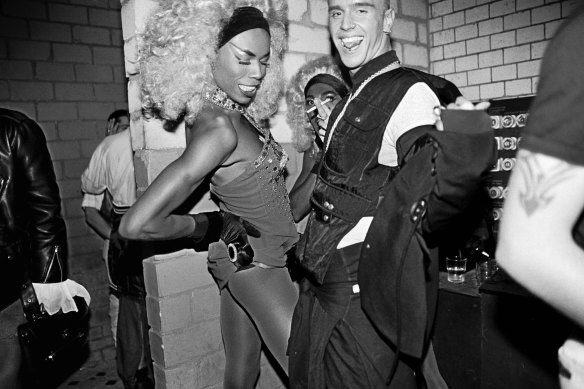
Party at Berlin club E-Werk in 1994.Credit: Getty
“Tresor was the first, then came WMF and eventually the E-Werk, all within dancing distance of each other - arguably, Berlin is the birthplace of what we understand as clubbing today,” says Reeder. “It has inspired the world.”
Bruno Schmidt, who began DJing in London and Leeds, moved to Berlin in 2016 to take a job in music publishing. After two years he quit to practise the art full time.
He says he owes his career to Berlin.
“This city created my career, it wouldn’t have happened in another place,” the 33-year-old says.
He recalls DJing in a former Stasi building working alongside “complete anarchists,” and says it’s not just the country’s history, but also its personality that’s been the driver of electro’s success.
“There’s the oppression, suffering, remorse, there’s so many layers and this all contributes to the way dance music is consumed there. It’s very serious, they take it very seriously. The clubs are open all weekend, Berliners party very professionally, they come prepared.
Dancer at Berlin’s now-disbanded Love Parade.
“There are a lot of brutalist buildings being used as clubs which kind of creates this very dystopian vibe and there used to be very cheap rents available and that contributes to it because you can live the art life there.”
This was an important lure for talent from overseas, particularly Detroit, from where Alan Oldham originates.
He began touring Berlin in the 90s and in 2014 decided he wanted to be “closer to the action,” permanently.
“Cheap rent drew many expats here, including me,” he says.
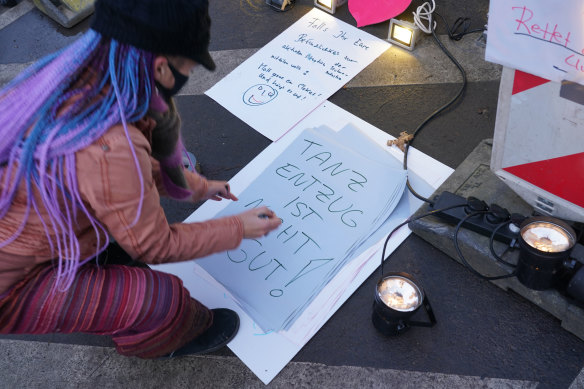
“Dance withdrawal is not good”: a lockdown protest in Berlin in November 2020. COVID shuttered clubs that had been operating for three decades. Credit: Getty
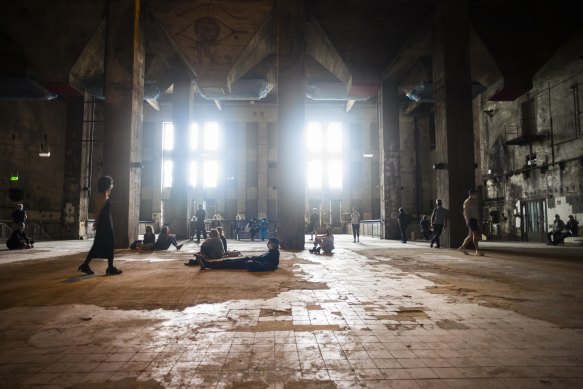
Nightclubs took over the old abandoned buildings in what was once no-man’s-land. Here the building that housed the Berghain club being used for a socially distanced listening party in 2020.Credit: AP
By the time Oldham took up residency, the “kids” had turned the concrete wastelands into a lucrative business - worth, before the pandemic, an annual €1.5 billion ($2.3 billion) to the city.
But a successful city eventually becomes an expensive city.
“Even before the pandemic, Berlin had been losing venues due to gentrification,” says Oldham.
“We’ve lost almost 100 clubs and live venues in the seven years since I moved here - COVID is only accelerating this.”
Oldham was tapped by a Berlin titan - DJ Dr Motte who co-founded the ill-fated Love Parade.
The first musical festival was a demonstration held in the summer of 1989 that was crucially not against anything but for love, peace and happiness.
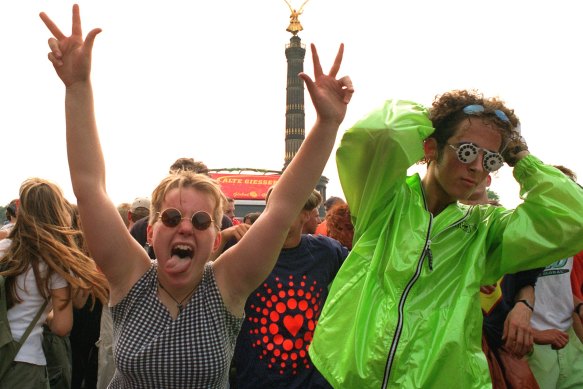
Berlin’s Love Parade, pictured here in 1996, was eventually a victim of its own success and was disbanded after the stampede of 2010. Credit: Getty
The Parade was terminated in 2010 when 19 people, including an Australian woman, died in a stampede during a crowd crush in the related festival in Duisberg near Dusseldorf. The festival, which began in Berlin with just a few hundred people dancing in the rain had ended in a mass catastrophe, with 342 of the 1.4 million said to have attended were also injured.
The scale of the disaster was a measure of just how global the kids of Berlin had gone.
Motte’s organisation Rave the Planet wants Berlin’s techno scene protected by an inclusion on UNESCO’s list of intangible cultural heritage, which protects a litany of worldwide cultural practices and art forms including Finnish sauna culture and Thai massage.
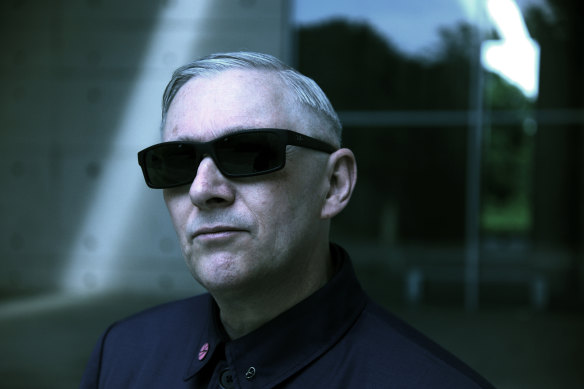
Berlin DJ Mark Reeder: “If clubbing is your thing, it can be like worship”.
“If we can achieve intangible heritage status, that means government protection for historic buildings,” Oldham, Rave the Planet’s official spokesman, says.
“Tresor was part of the fall of the Berlin Wall. Berghain started as a club called Ostgut, also from that era. And electronic culture started in Berlin influences youth around the world.”
Reeder says Berlin’s techno is the “mecca of clubbing culture” and worthy of official protection.
“You kind of feel like you’re in church, if clubbing’s your thing, it can be like worship, it’s very rudimentary.
“If the music is right, the people are right, you feel like you’re worshipping an idol. You can get that in clubs like Tresor and Berghain for sure, you don’t know what the hell’s happening, you can reach very high heights.”
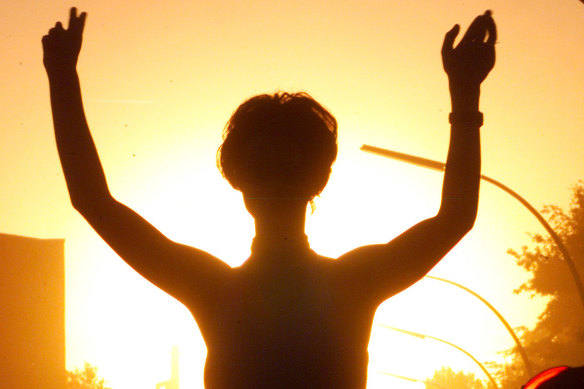
Will the sun set on Berlin’s rave scene? Credit: AP
Get a note directly from our foreign correspondents on what’s making headlines around the world. Sign up for the weekly What in the World newsletter here.